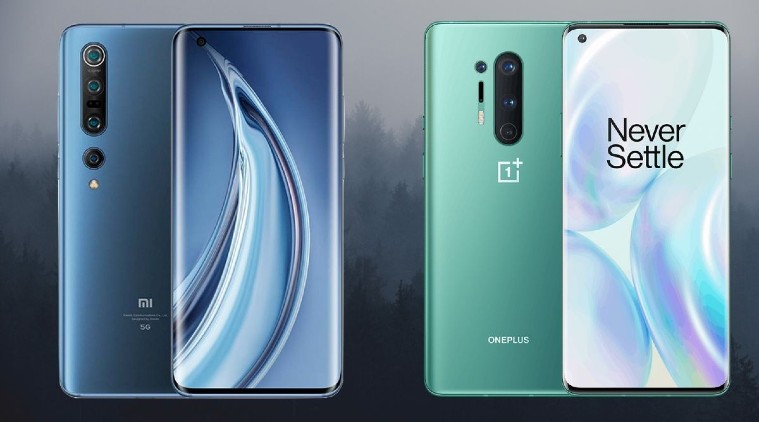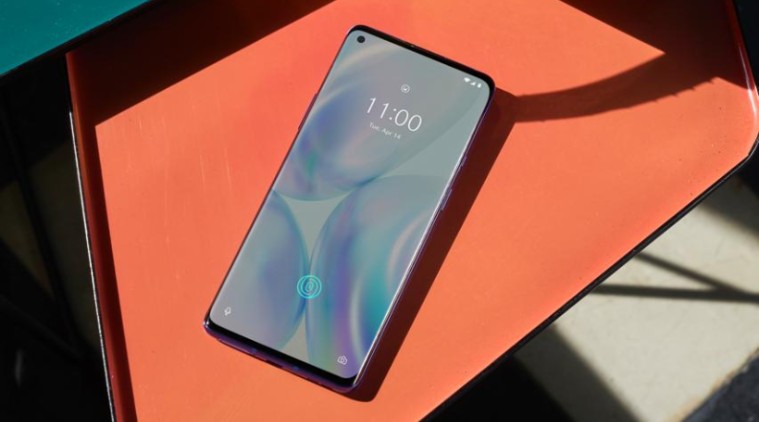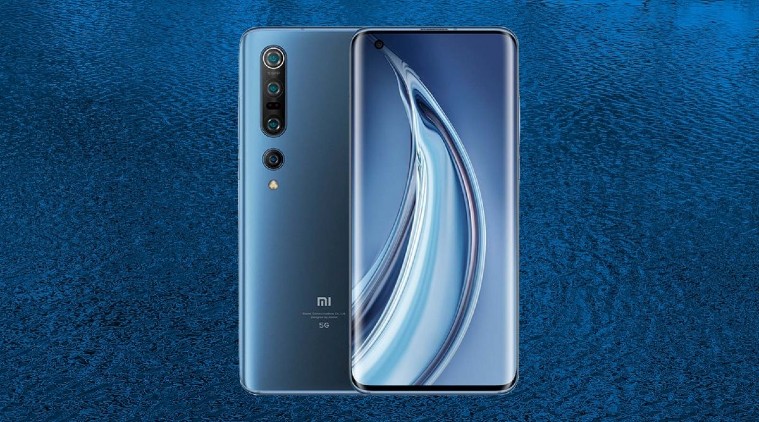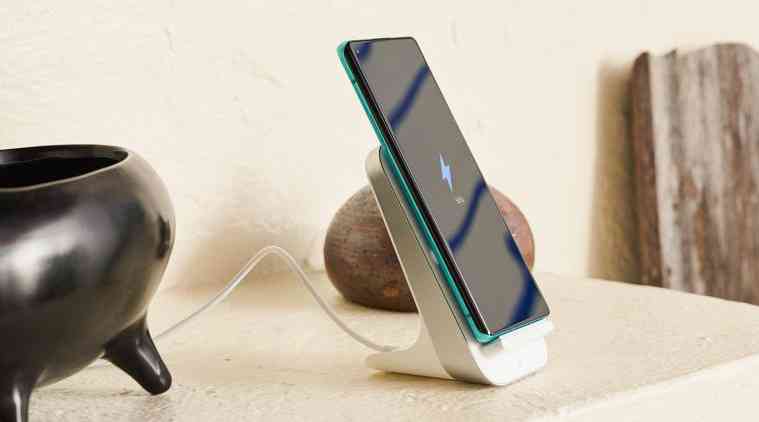Xiaomi Mi 10 5G vs OnePlus 8 Pro: Which flagship smartphone should you buy?
A spec comparison between the Xiaomi Mi 10 5G and OnePlus 8 Pro.
 Here’s how the new Xiaomi Mi 10 5G compares with the OnePlus 8 Pro in terms of specifications.
Here’s how the new Xiaomi Mi 10 5G compares with the OnePlus 8 Pro in terms of specifications.
Xiaomi has a new flagship smartphone in India, and it’s called the Mi 10 5G. The smartphone has every feature you would expect from a premium phone. For many, the Mi 10 5G is the ultimate smartphone but the competition in the high-end space is tough. The biggest competition that the Mi 10 5G faces come from the OnePlus 8 Pro. This is OnePlus’ most impressive flagship phone till date.
If you just want to see how the Mi 10 5G compares to the OnePlus 8 Pro in terms of specifications, check out this comparison between the two flagship smartphones.
Xiaomi Mi 10 5G vs OnePlus 8 Pro: Price
Xiaomi Mi 10 5G will be made available in two storage variants: 8GB RAM/128GB storage priced at Rs 49,999 and 8GB RAM/256GB storage variant priced at Rs 54,999. It will be made available starting May 11 via Amazon, the company’s own website and select offline stores.
OnePlus 8 Pro is priced at Rs. 54,999 for the 8GB RAM/128GB storage variant and at Rs 59,999 for the 12GB RAM/256GB storage variant. It will be made available starting May 11 via Amazon India, its official online website and offline stores. Note, only customers in Green and Orange zones will be able to purchase the device. Customers inside of the Red zones will have to wait until May 17, which is when the lockdown will lift.
Xiaomi Mi 10 5G vs OnePlus 8 Pro: Design and display
The OnePlus 8 Pro sports a 6.78-inch Quad HD+ Fluid AMOLED display with HDR10+ support. It is the company’s first smartphone to feature a 120Hz refresh rate display. It sports dual curved edges and drops the motorised pop-up selfie camera seen in the OnePlus 7T Pro in favour of a hole-punch camera.
 OnePlus 8 Pro sports a 6.78-inch Quad HD+ Fluid AMOLED display with HDR10+ support.
OnePlus 8 Pro sports a 6.78-inch Quad HD+ Fluid AMOLED display with HDR10+ support.
Xiaomi Mi 10 5G sports 6.67-inch AMOLED display with a 90Hz refresh rate. Both of these specs do not match the display specs offered by OnePlus. However, it does sport curved edges and a hole-punch display.
From the back, the OnePlus 8 Pro looks quite similar to last year’s OnePlus 7T Pro, with a centred camera module aligned vertically. The Mi 10 looks a bit different from the camera module located on the top right corner.
Both Mi 10 5G and OnePlus 8 Pro look premium in terms of design, featuring glass backs. The devices also feature wireless charging. In case you are interested, OnePlus 8 Pro comes with an IP68 rating, whereas the Mi 10 5G only sports a p2i coating to make the device splash-proof.
Xiaomi Mi 10 5G vs OnePlus 8 Pro: Processor
Both phones are powered by Qualcomm’s latest Snapdragon 865 processor paired with an Adreno 640 GPU. On paper, both the devices will perform similarly. However, in real life, the performance might be different, considering all of the software optimisations that both the brands have implemented with their respective Android skins.
Xiaomi Mi 10 5G vs OnePlus 8 Pro: Cameras
Xiaomi Mi 10 5G sports a quad-camera setup at the back. It consists of a 108MP primary sensor with an f/1.69 aperture paired with a 13MP ultra-wide-angle lens with up to 123-degree field of view, a 2MP depth sensor and a 2MP macro lens. It can record videos in 8K resolution. On the front, it features a 20MP sensor for taking selfies.
 Xiaomi Mi 10 5G sports a quad-camera setup at the back.
Xiaomi Mi 10 5G sports a quad-camera setup at the back.
OnePlus 8 Pro also comes with a quad-camera setup on the back, consisting of a 48MP Sony IMX689 primary sensor with both OIS and EIS support, paired with a 48MP ultra-wide-angle lens, an 8MP telephoto lens and a 5MP colour filter lens. It can shoot 4K videos at 30/60 fps and has a 3x hybrid zoom rather than an optical one. On the front, it features a 16MP sensor for taking selfies.
Xiaomi Mi 10 5G vs OnePlus 8 Pro: Battery
The Xiaomi Mi 10 5G is backed by a 4,780mAh battery with support for the company’s own 30W fast charging. It also comes with support for 30W fast wireless charging under the Qi standard.
 OnePlus has used proprietary technology and not the Qi standard.
OnePlus has used proprietary technology and not the Qi standard.
OnePlus 8 Pro is backed by a comparatively smaller 4,510mAh battery with support for the company’s own Warp Charge 30T fast wired charging technology. It also supports the Warp Charge 30 Wireless charging technology, which has a capacity of charging the device at 30W wirelessly. However, the company has used proprietary technology and not the Qi standard. This means, that a user will be required to get the proprietary Warp Charge 30 Wireless charger from the company to charge the phone wirelessly at 30W. If they don’t decide to get the proprietary charger, they will still be able to charge the device slowly at 5W via a Qi standard charger.







